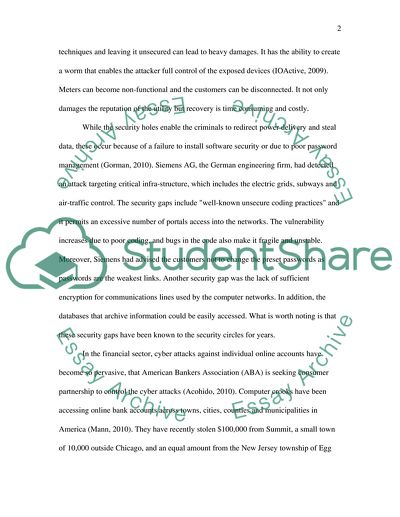Cite this document
(Vulnerabilities in the Energy and Financial Sector Research Paper, n.d.)
Vulnerabilities in the Energy and Financial Sector Research Paper. Retrieved from https://studentshare.org/information-technology/1740810-cyber-attacks
Vulnerabilities in the Energy and Financial Sector Research Paper. Retrieved from https://studentshare.org/information-technology/1740810-cyber-attacks
(Vulnerabilities in the Energy and Financial Sector Research Paper)
Vulnerabilities in the Energy and Financial Sector Research Paper. https://studentshare.org/information-technology/1740810-cyber-attacks.
Vulnerabilities in the Energy and Financial Sector Research Paper. https://studentshare.org/information-technology/1740810-cyber-attacks.
“Vulnerabilities in the Energy and Financial Sector Research Paper”, n.d. https://studentshare.org/information-technology/1740810-cyber-attacks.


